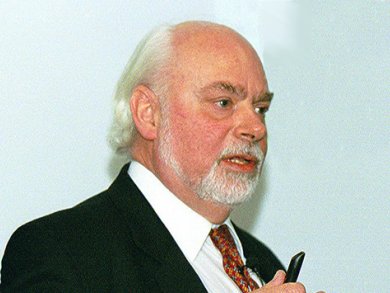Twenty-five years ago, the Nobel Prize in Chemistry was awarded to Charles Pedersen, Donald Cram, and Jean-Marie Lehn for their work on the area that is now termed supramolecular chemistry. This field produced molecules that not only have an architectural beauty but are also functional, and encompasses areas such as physics, biology, materials science, and nanotechnology. But what does the future hold, in particular for integrating molecular switches and machines into complex systems?
In his Editorial in Angewandte Chemie, Fraser Stoddart, Northwestern University, USA, outlines how by following the advice to tackle a “big problem” in chemistry (which he himself also gives to young chemists), he became interested in suramolecular chemistry after reading a paper by Charles Pedersen. Stoddart also discusses how the next challenge is to control the spatial ordering of molecules in one-, two-, and three-dimensional space by investigating complex mixtures of interacting molecules as such systems often have properties that are not present in the components.
- From Supramolecular to Systems Chemistry: Complexity Emerging out of Simplicity,
J. Fraser Stoddart,
Angew. Chem. Int. Ed. 2012, 51(52).
DOI: 10.1002/anie.201209124

